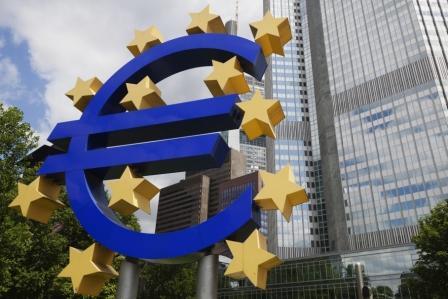
Eurozone Outlook – March 2014
Interest rates – can they become negative?
It’s been a guessing game when it comes to Eurozone interest rates for a long while now. While investors have been speculating as to when the European Central Bank (ECB) will raise interest rates, it should be noted that ECB activity has been relatively reactionary, rather than proactive, as it plays catch-up in putting out fires – figuratively speaking – especially given the differing data and fortunes of its member states.
Eurozone industrial production figures for December 2013, released in February of this year, came in lower than expected at 0.7%. Reports that the ECB is considering negative interest rates to cut borrowing costs and boost production had a negative impact on the currency, with the euro falling even further as a result of relatively positive news from the UK and US.
Inflation rates vary country by country
The ECB has a mountain to climb in trying to create a monetary policy that corresponds both financially and culturally to fiscal policy enacted by its individual member states. The Eurozone inflation level currently stands at 1% – a far cry from the ECB’s target of 2% – but this figure cannot demonstrate the intricate workings of the Eurozone, with Finnish inflation in relatively higher at 1.9% and Cypriot inflation levels lower at -1.6%. Will interest rate cuts materialise, and will they be sufficient to save the Eurozone from a prolonged period of inflation, like in Japan?
Eurozone – Forecast
Forecasting exchange rates can be a mug’s game, as it is very difficult to predict what unknown factor will come out of left-field and force a currency one way or another. The list of factors that could undermine the euro is fairly long: negative interest rates as a means of avoiding deflation is a key goal of the ECB; increasing the money in circulation within the Eurozone so as to help business grow; a further or even perhaps a new bailout of one of the constituent members of the Eurozone; growth turning to contraction. All of these are possible, and some are more likely than others, but the net effect would be to see the euro depreciate across the board.
So which factors could see it appreciate? Very few at this moment in time. We may see growth across the Eurozone being better than expected, or inflation surprising to the upside, making the interest rate less likely to drop to negative figures. The ECB may surprise us all by taking decisive action that to the market looks positive, or we could see the levels of both banking and country debt start to fall. But I have to be a realist and say that the level of uncertainty at this moment in time is too high to support any of these outcomes.
More likely would be an event outside the Eurozone, which might undermine the currency of the country in question, and could see the euro benefit. We could see UK growth falter as consumers worry about their debt levels; we could see the US economy flatline, or the Chinese economy have a hard landing. Having taken all this into account, we conclude that the euro is more likely to weaken in the short to medium term, and that this is the basis for the euro showing a slow and steady depreciation over the coming year against both sterling and the US dollar.
For expert guidance and help on how these forecasts might impact your international money transfers for the year ahead, call 020 7898 0500 or email us at [email protected]

 020 7898 0500
020 7898 0500